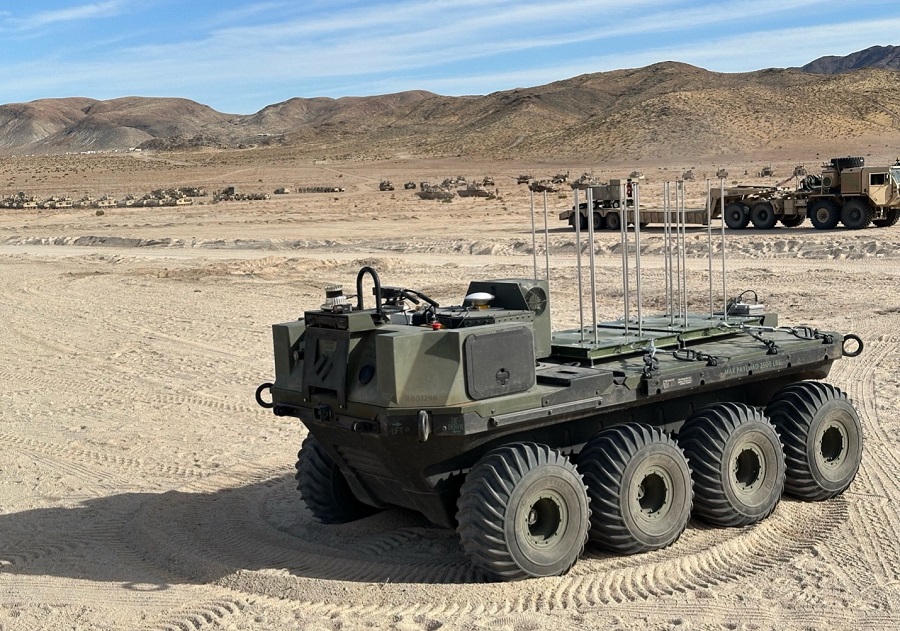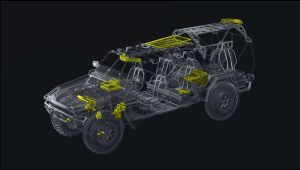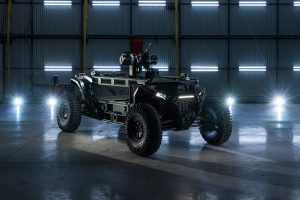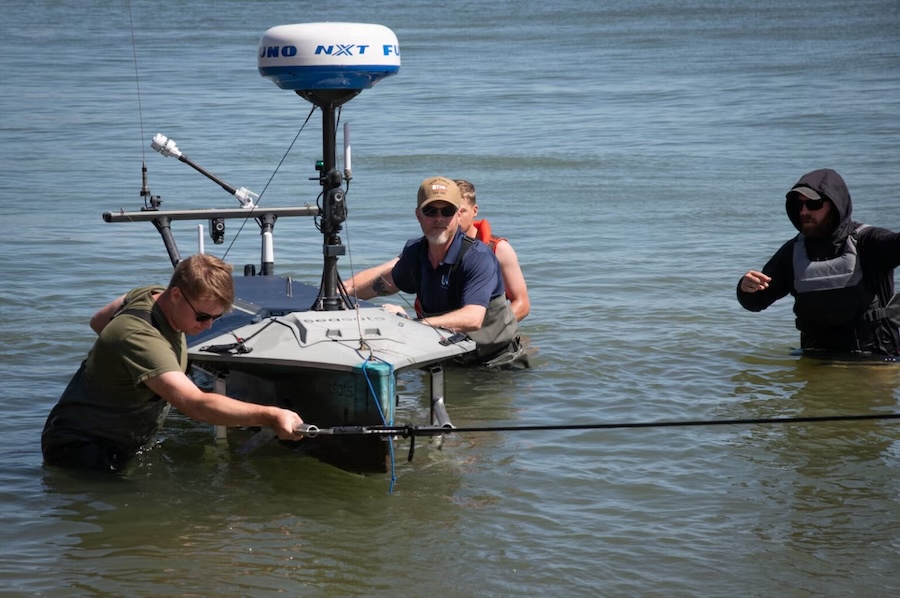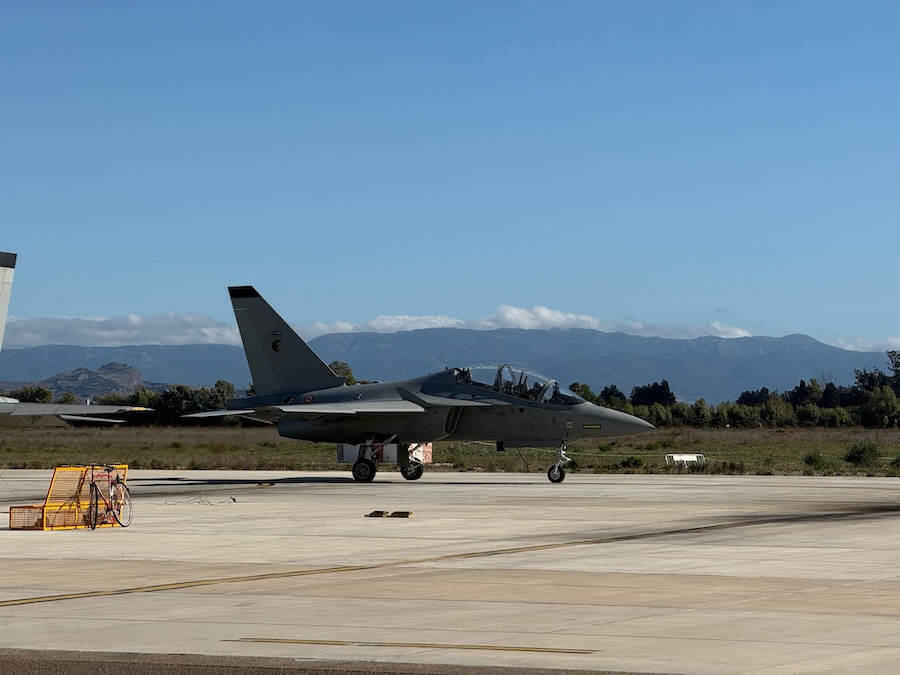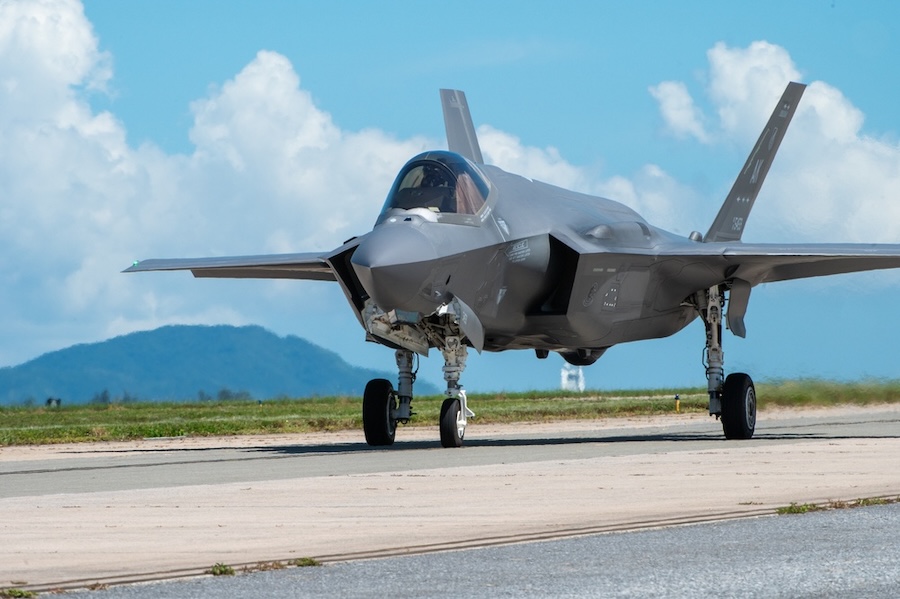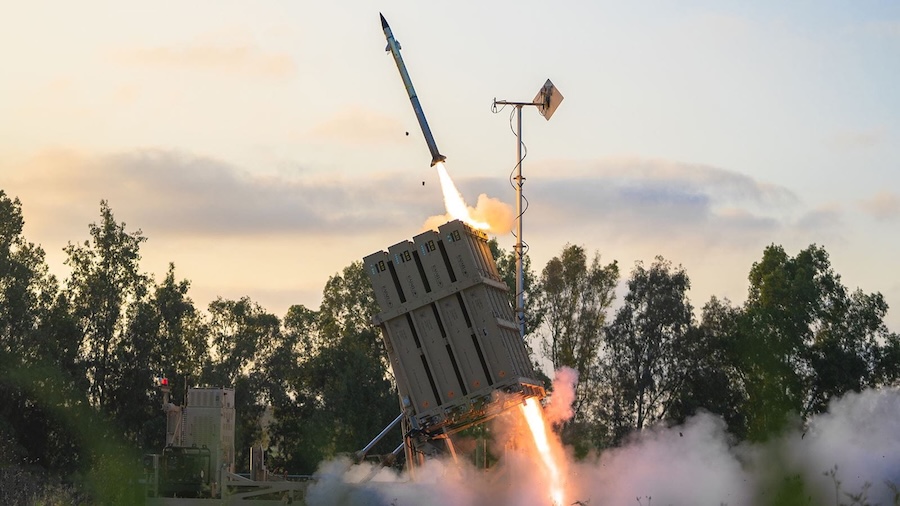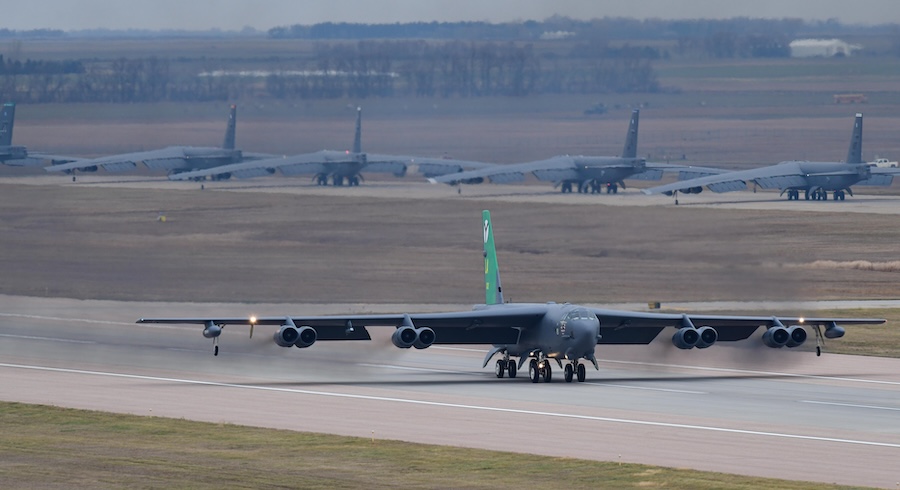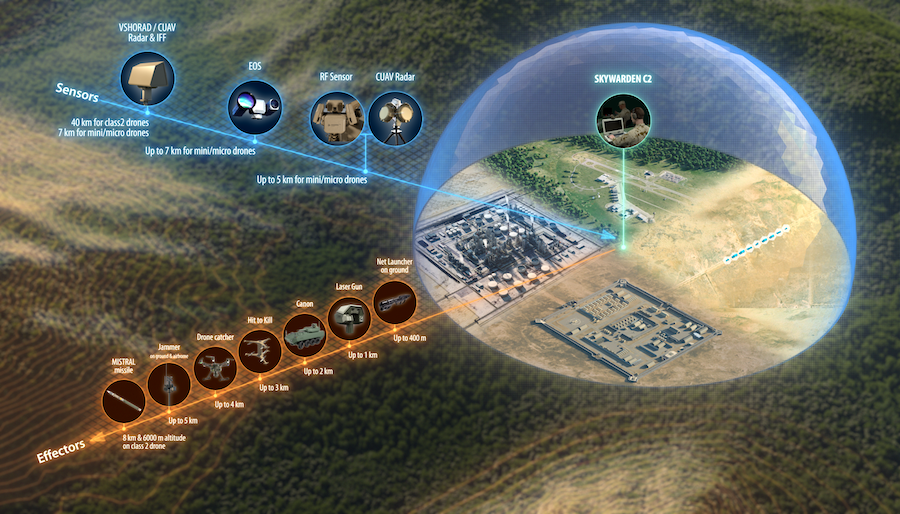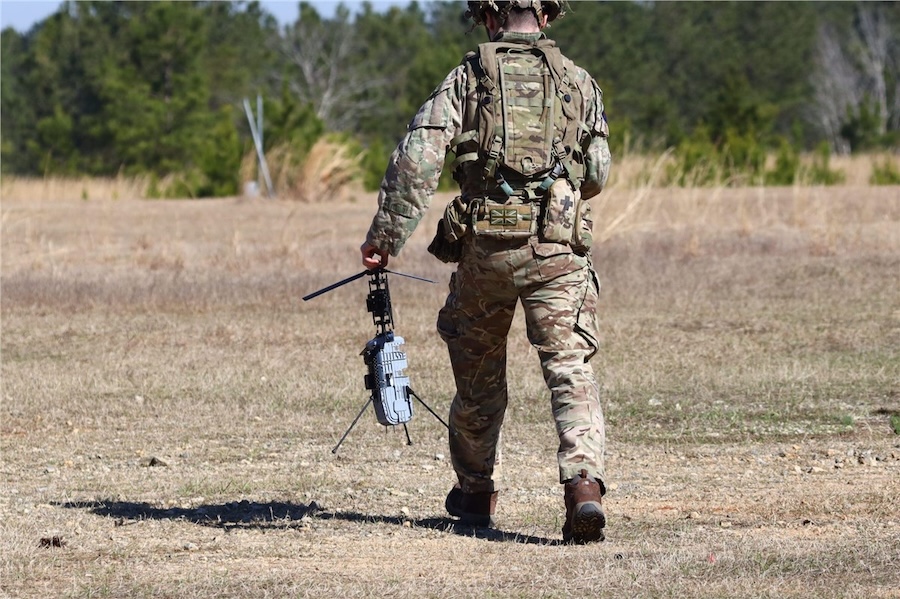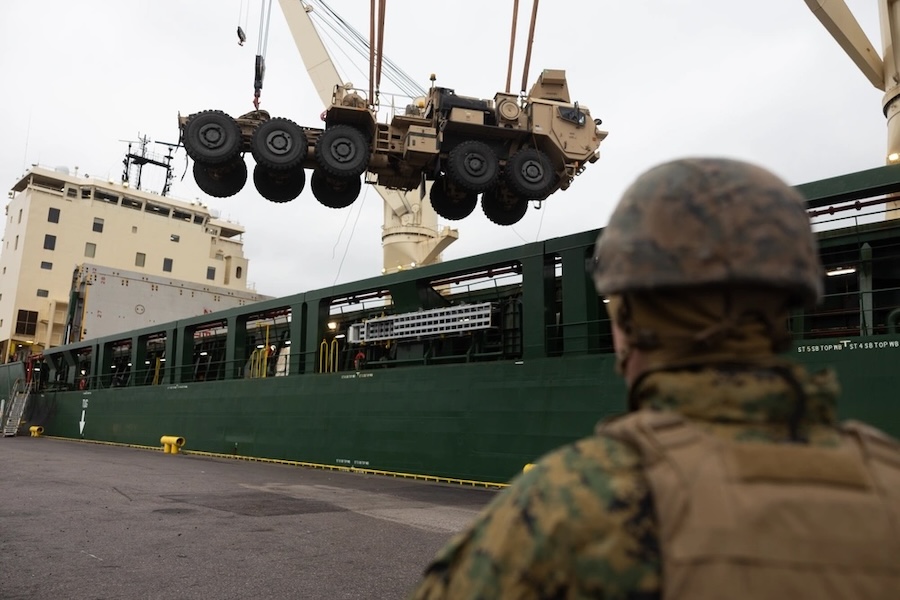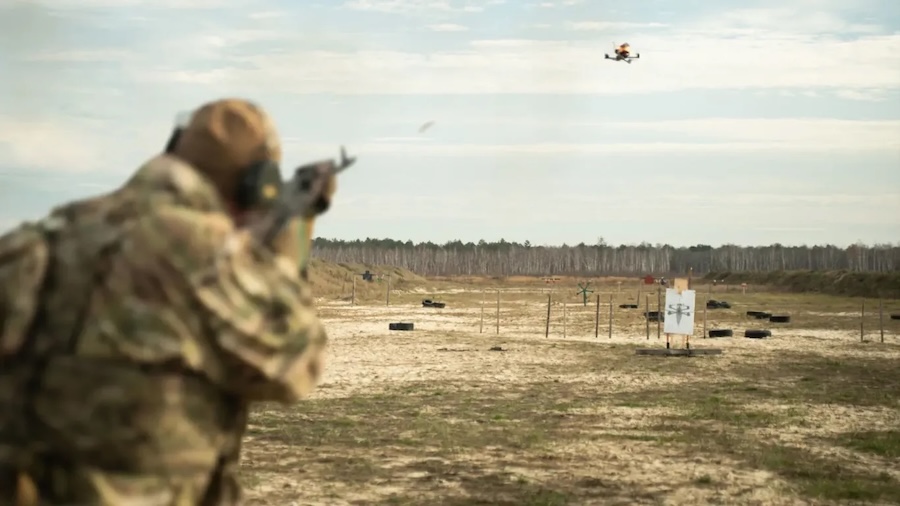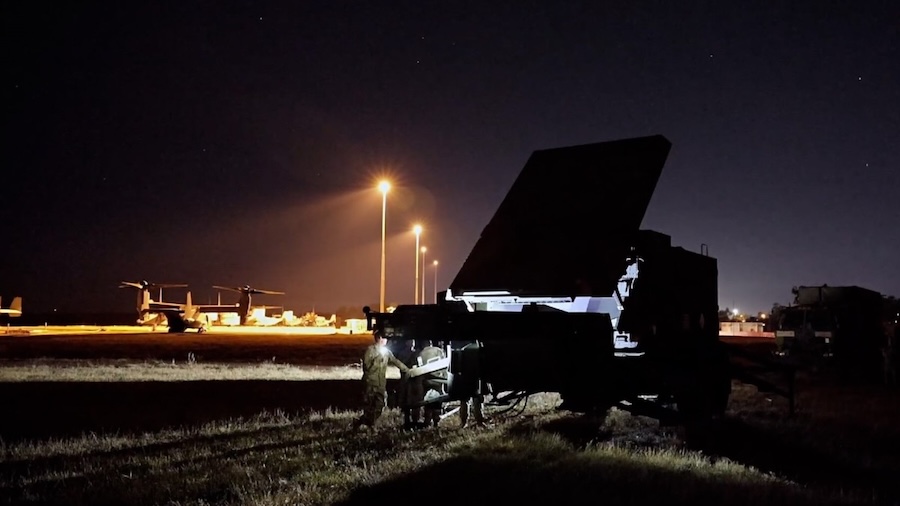Originally operated via tethered remote control, the SMET vehicle was upgraded with Overland AI’s OverDrive software, SPARK hardware, and OverWatch tactical interface to enable fully autonomous operation. Soldiers from the 27th Engineer Battalion received hands-on training during the exercise, learning to independently operate, maintain, and troubleshoot the system.
By the end of the two-week exercise, Army personnel executed breaching missions autonomously, including system start-up, mission execution, and shutdown. “Soldiers independently and successfully operated our ground autonomy for two consecutive weeks during Project Convergence Capstone 5,” said Byron Boots, co-founder and chief executive officer of Overland AI.
The demonstration also included two key payload integrations: a trailer with a mine-clearing UAS and a Stratin Engineering-developed drone launcher mounted on the SMET for deploying small attritable drones. These payloads supported the Sandhills Project’s objective of enabling distributed breaching operations across complex obstacles such as minefields, wire, and ditches.
“Breaching exercises continue to demonstrate the maturity of our capability and the tactical benefit of removing humans from some of the most dangerous missions,” Boots added. The 20th Engineer Brigade has retained the upgraded SMET for further experimentation, supported by Overland AI with field support and a contracted software licence.
PC-C5 forms part of the Army’s continuous experimentation strategy, aimed at testing next-generation warfighting solutions across domains, particularly within the INDOPACOM theatre. Overland AI’s team included specialists in autonomy software, hardware integration, field operations, and programme management.




